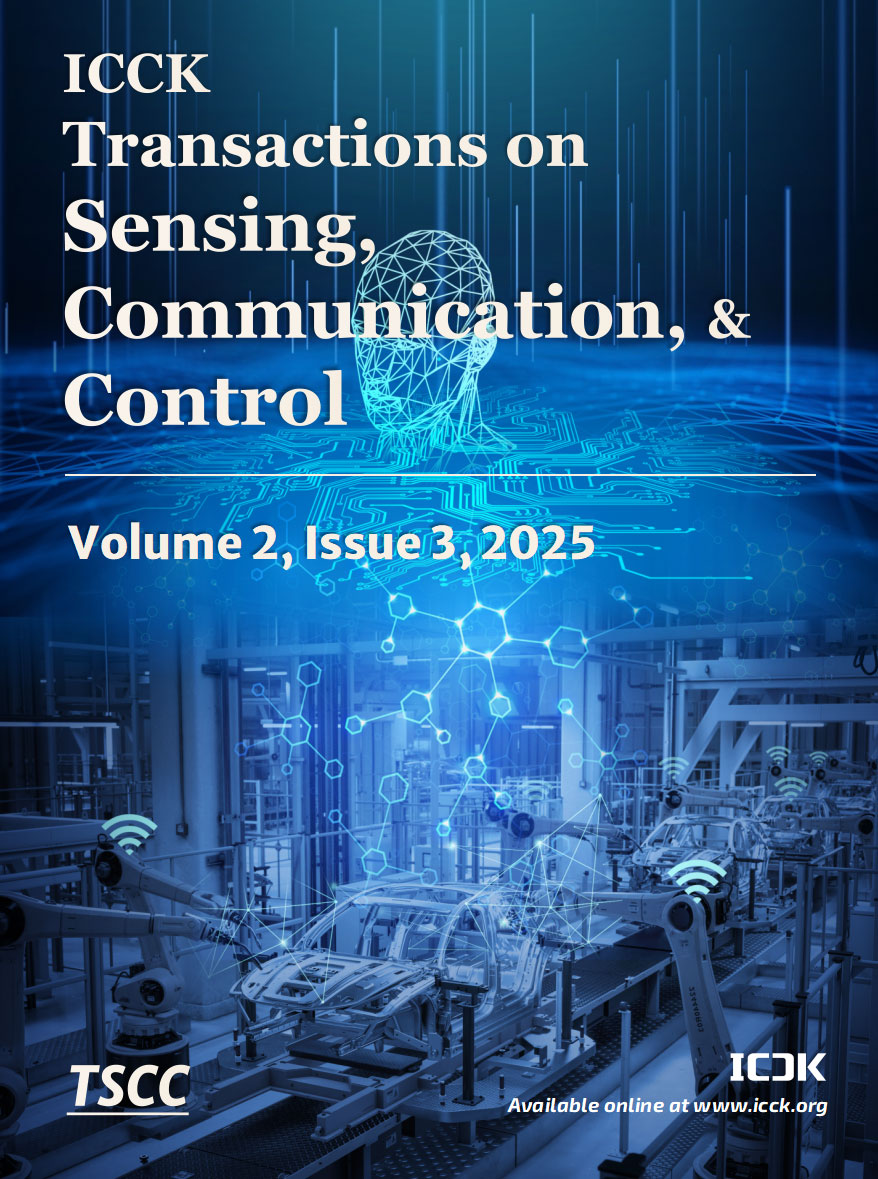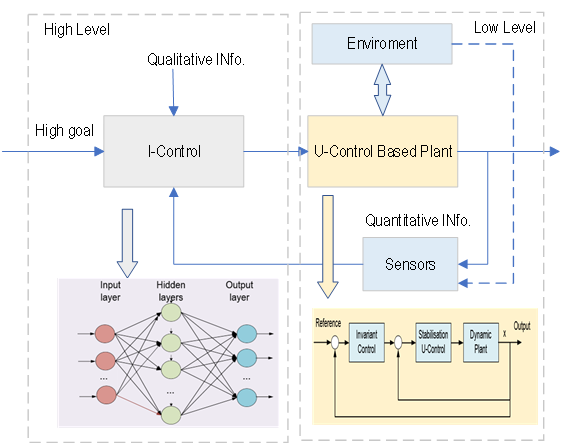Abstract
This study explains the main idea and structure of a What-How intelligent control (WH-I-control) system and a universal control (U-control) system. The system has two control layers. The bottom layer uses the U-control framework to manage 'How' to control within a universal framework. The top layer uses intelligent control (I-control) to coordinate and guide 'What' to achieve both global and local control goals. This study also reviews the configurations, functions, and integration of these two control layers in analysis, design, and applications.
Keywords
universal(U)-control
data-driven operation
control Lyapunov stability
lyapunov derivative inequality
intelligent (I)-control
goal-oriented control systems (GOCS)
What-How intelligent control systems (WH-ICS)
Data Availability Statement
Data will be made available on request.
Funding
This work was supported without any funding.
Conflicts of Interest
The authors declare no conflicts of interest.
Ethical Approval and Consent to Participate
Not applicable.
Cite This Article
APA Style
Zhu, Q., & Wang, H. (2025). Primary Thought on the Incorporation of Intelligent Control and U-control (I-U-control). ICCK Transactions on Sensing, Communication, and Control, 2(3), 132–146. https://doi.org/10.62762/TSCC.2025.880778
Publisher's Note
ICCK stays neutral with regard to jurisdictional claims in published maps and institutional affiliations.
Rights and Permissions
Institute of Central Computation and Knowledge (ICCK) or its licensor (e.g. a society or other partner) holds exclusive rights to this article under a publishing agreement with the author(s) or other rightsholder(s); author self-archiving of the accepted manuscript version of this article is solely governed by the terms of such publishing agreement and applicable law.


 Submit Manuscript
Edit a Special Issue
Submit Manuscript
Edit a Special Issue

